Restoring Lost Heroes
Honouring lesser-known freedom fighters on independence day will be the culmination of Azadi Ka Amrit Mahotsav
 Amita Shah
Amita Shah
 Amita Shah
|
04 Aug, 2023
Amita Shah
|
04 Aug, 2023
/wp-content/uploads/2023/08/Freedomfighter1.jpg)
(Illustration: Saurabh Singh)
WITH HER HAIR in a bun with jasmine tied around it, a khadi sari and a mangalsutra, she gives away nothing of her fiery, sublime past. Nor do the halls of fame.
When two research scholars reached Vadodara’s Lal Bahadur Shastri Vidyalaya, founded by freedom fighters, they had little idea of a past its trustees held close to their heart. The tales they heard were far from ordinary. One such story was of Pramodaben Patel, narrated by her children. She, along with her friends, would often stop the British policemen on the streets of Raopura and ask them to shout “Jai Hind”, throw water mixed with red chilli powder at the policemen during a lathi charge, hurl bombs on the main road to disperse the crowds being lathi-charged and go out into the street to break the curfew lines. When her husband Manubhai Patel, a known freedom fighter went underground, she would leave food packets in a container of coal or hide them outside the house where he could pick them up. Pramodaben is now among the nearly 10,000 unsung heroes from across the country who have found recognition in a state-wise data compiled by the Narendra Modi government, as part of the Azadi ka Amrit Mahotsav, celebrating 75 years of India’s freedom.
In the section under Uttar Pradesh (UP), which has over 300 names, is a face of a white-bearded man on a commemorative postage stamp. A social reformist, Mahendra Pratap Singh got deeply involved with the Swadeshi movement and would constantly promote small industries with indigenous goods and local artisans. He started the movement to burn all foreign-made clothes in his state. He would also go abroad seeking support for India’s struggle for independence. While laying the foundation stone of the Raja Mahendra Pratap Singh University in Aligarh two years ago, Prime Minister Narendra Modi had said that the stories of many great personalities who made sacrifices during the freedom struggle have remained untold. “Now, 21st-century India is correcting those mistakes, made during the 20th century.” Modi has been at the forefront of his government’s efforts to turn the spotlight on lesser-known or unknown personalities from the freedom struggle, harnessing the nationalist energy. He has, on several occasions, said that the new generation should be made aware of stories of heroism of unknown or forgotten freedom fighters and draw inspiration from them. He links it to “new India” which, he says, should fulfil the dreams of the freedom fighters.
On the 125th birth anniversary of Alluri Sitarama Raju Garu, who had led the tribal Rampa rebellion against the British in Andhra Pradesh, Modi said, “The struggle for independence is not just the history of a few years, of some areas, or of some people. This is the history of renunciation, tenacity and sacrifices from every nook and corner of India.”
All heroes of the freedom struggle will be celebrated at a nationwide “Meri Maati, Mera Desh (My Soil, My Country)” event, culminating the celebrations for Azadi ka Amrit Mahotsav this month. Though there is no specific figure on the total number, government sources said it has been left to the gram panchayats, numbering around 2.5 lakh, and urban local bodies to hold felicitation ceremonies for as many as they want in their areas, as per local traditions and customs.
The efforts to identify freedom fighters, whose stories have remained uncelebrated, began in 2021, but picked up last year. The Union Ministry of Culture, the nodal ministry for Azadi ka Amrit Mahotsav, launched the exercise involving around 20-25 historians who were given charge of different states. According to ministry sources involved in the project, various reference points, such as commemorative stamps, jail records given by superintendents, Tamara Patra (a bronze plaque given by the government in recognition of freedom fighters in 1972 on 25 years of India’s independence) and archives, were explored to identify freedom fighters and martyrs. Teams of research scholars, working under the historians, visited villages and spoke to families, some of whom had memoirs, records and Tamara Patra. The sources say it is an ongoing process and more names will be added as and when they are received and vetted.
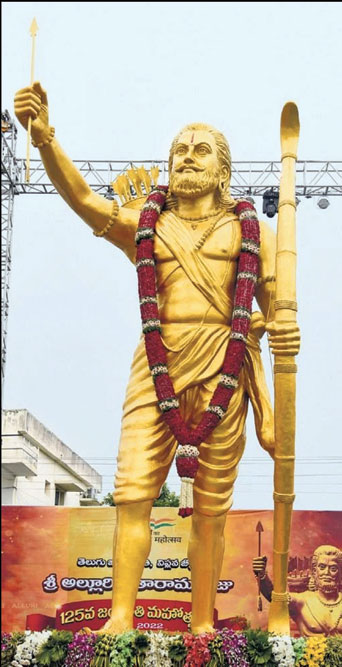
When historian Himanshu Chaturvedi, who has submitted around 400 names from UP, started his research on Chauri Chaura and other parts of eastern UP, much before he was given charge of identifying unsung heroes in the state for Azadi ka Amrit Mahotsav, he was surprised by the number of people who were involved in the freedom struggle but had failed to find a deserving place in the pages of history. Chauri Chaura, where protesters participating in Mahatma Gandhi’s non-cooperation movement clashed with police and set fire to a police station after police had opened fire on them in February 1922, was the common man’s response to the state, says Chaturvedi. During his study, he asked an 82-year-old woman in the village why her people had set fire to the police station. She shot back asking whether it would have been better to have another Jallianwala Bagh. “It struck me how Chauri Chaura was an antithesis to the Jallianwala Bagh massacre (April 1919). While Jallianwala Bagh was the immediate trigger for the non-cooperation movement, Chauri Chaura became the immediate cause for its suspension,” says Chaturvedi.
AS HE WAS going through the names of the freedom fighters in the Chauri Chaura episode, he found one name missing, that of Baba Raghav Das. A Marathi settled in Barhaj Ashram near Gorakhpur where he played an important role in the national movement, he went to jail for making fiery speeches. After he got out, he went to meet Madan Mohan Malviya, a renowned advocate who had given up his practice, urging him to fight the verdict of the Gorakhpur trial court which had sentenced 172 persons to death. He managed to convince Malviya, who decided to return to court to fight for them in 1923. After hearing his arguments, the Allahabad High Court held that only 19 would get death sentences while the rest would serve jail terms. Raghav Das, who became instrumental in taking the case to the high court, played a crucial role in the movement till 1947. After Independence, he worked for social uplift, especially in education. The Medical College of Gorakhpur is named after him.
Modi, while inaugurating events to mark the Chauri Chaura centenary in February 2021 in Gorakhpur, which is also Chief Minister Yogi Adityanath’s turf, had said it was a big incident but treated as a minor one, and expressed regret that its martyrs did not get their due recognition.
Under the Meri Maati, Mera Desh campaign, beginning on August 9, tributes will be paid to the “veers (bravehearts)”, which includes freedom fighters, defence personnel, Central armed police forces, state police, and those who laid down their lives in the line of duty, with their names inscribed on “silaphalakams (memorials)”, being erected in panchayats. As villages felicitate the veers and families of martyrs, youngsters will pick up soil from there and take it to the block level from where it will finally be brought in 7,500 urns to Kartavya Path in New Delhi in an “Amrit Kalash Yatra” for the finale at August-end. The soil will be used to develop a garden called “Amrit Vatika” where indigenous species from various parts of the country will be planted. In his recent Mann ki Baat episode, Modi said the “Amrit Vatika” will be built near the National War Memorial and become a grand symbol of “Ek Bharat Shrestha Bharat”.
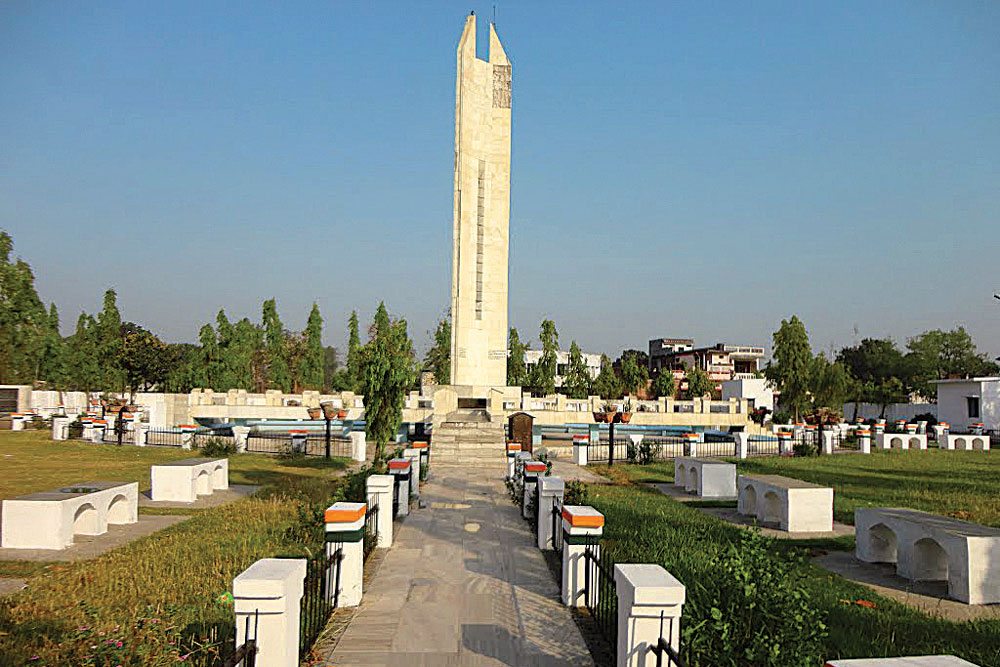
The programme, being organised by various ministries, also envisages that those participating take five pledges or “panch pran”—remove any trace of a colonial mindset, take pride in promotion and preservation of India’s cultural heritage, strive for unity and solidarity of the country, honour the sacrifice of the freedom fighters and fulfil duties towards the nation. Modi has urged everyone to upload selfies on yuva.gov.in while taking the oath and holding the soil. The pledges were outlined by him in his address on last year’s Independence Day. Ahead of August 15, 2022, he had called for the “Har Ghar Tiranga Abhiyan (a Tricolour in every house campaign).” According to a culture ministry statement on August 16, around six crore selfies with the Tricolour were uploaded on the Har Ghar Tiranga website.
The prime minister has said the Tricolour should be hoisted in every house again on this year’s Independence Day, as part of efforts that make people realise their duties, value freedom and remind them of the sacrifices made for India’s freedom. He has taken the lead in amplifying his government’s nationalist pitch that is seen to have resonance across the country. Modi has repeatedly asked people to shed “the mentality of slavery”, alluding to the aftermath of British rule in India. He has accused past governments of it and pushed for a narrative that spurns it in various sectors like education, language, architecture and culture. It has been Modi’s endeavour to rummage through the past to shed light on the lesser-known heroes of the freedom struggle, underscoring what he has often said, that the fight for independence was not limited to Congress but went beyond it.
An introduction to the unsung heroes section of the Azadi ka Amrit Mahotsav website says the section is an attempt to remember forgotten heroes of the freedom struggle, many of whom may be renowned yet unknown to the new generation, with the aim that this would serve as a medium of inspiration and encouragement. “It is a new criterion, not just confined to the mainstream Congress movement. It includes anybody who resisted the British. Every struggle against the British is part of the freedom struggle,” says Veenu Pant, head of the history department, Sikkim University. She has submitted three names from Sikkim, including that of Helen Lepcha alias Sabitri Devi, who participated in the non-cooperation and Quit India movements in Kurseong.
On the 125th birth anniversary of Alluri Sitarama Raju Garu, Modi said the struggle for independence is ‘not just the history of some people’. While inaugurating events to mark the Chauri Chaura centenary in February 2021, he had said it was a big incident but treated as a minor one, and expressed regret that its martyrs did not get their due recognition
According to Adhya Saxena of the history department at Maharaja Sayajirao University of Baroda, who worked as principal researcher for Gujarat, it was mostly men whose names were immortalised in history pages. “When we started our work, we realised how several women had contributed in the freedom struggle. There were also children. My target was 200 names, but we found many more,” she says. Adhya had gathered information around a decade ago that there were several unsung freedom fighters and when the opportunity came her way last year to find them, she did not want to miss it. On the list of 200 unsung heroes she gave from the state, around 40 are women.
For Dilip P Balsekar, Gazetteers Department, Maharashtra, who has given a list of 209 names, it was a “matter of pride” to find that several women had come forward to fight the British. “People, even illiterate ones, and those who lived in difficult circumstances, joined the struggle,” he says. Historians say there are more names than have been submitted. The names are mostly from the period of British rule from 1857 to 1947.
Lauding the effort, Aruna Sinha, who was head of the history department at Banaras Hindu University, said people should know of those who have been in obscurity. She is of the view that the search for unsung heroes should go further back to before 1857: “We associate the freedom struggle only with the British rule. But it continued for centuries. You cannot deny it goes back to before 1857.” She admits it gets more challenging as you go backwards to explore the past, but the deeper one goes the more pearls are discovered.

/wp-content/uploads/2025/01/Cover-Forecast2025.jpg)





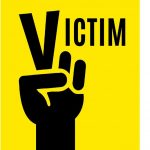

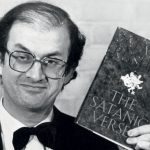
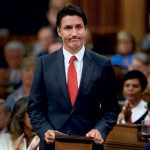
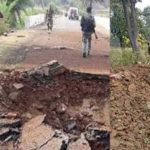
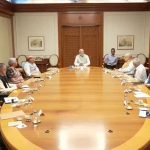

More Columns
Trudeau Quits Siddharth Singh
IED blast in Chhattisgarh shows Maoists can still cause damage Rahul Pandita
Union Cabinet and PMO Reshuffle on Cards Short Post